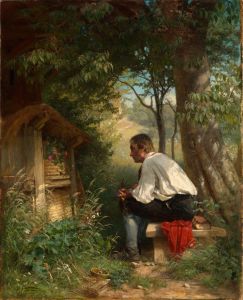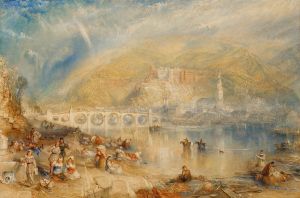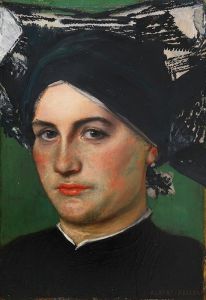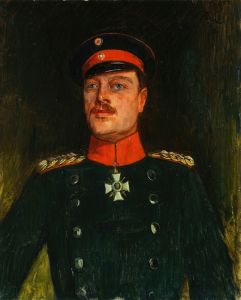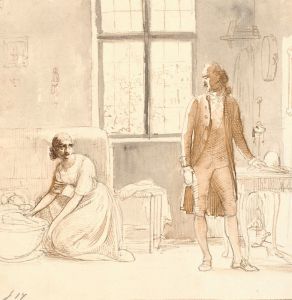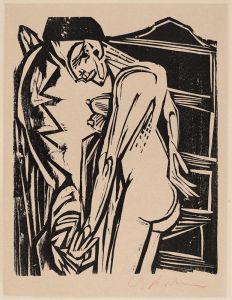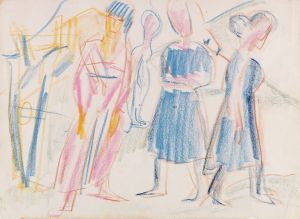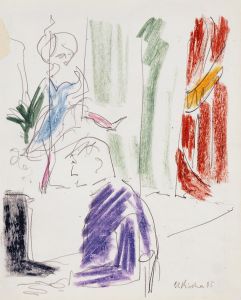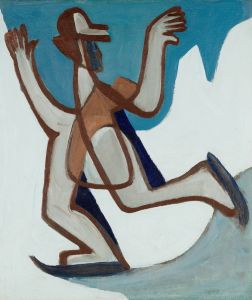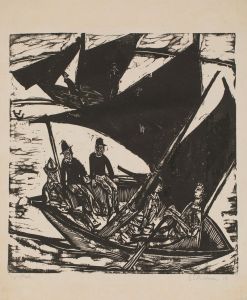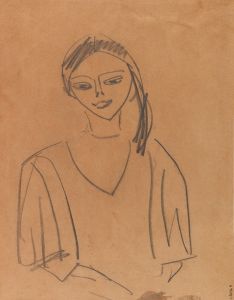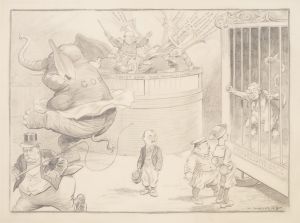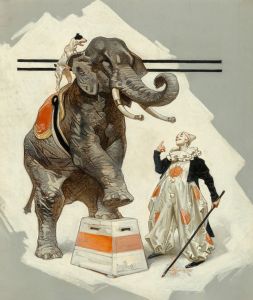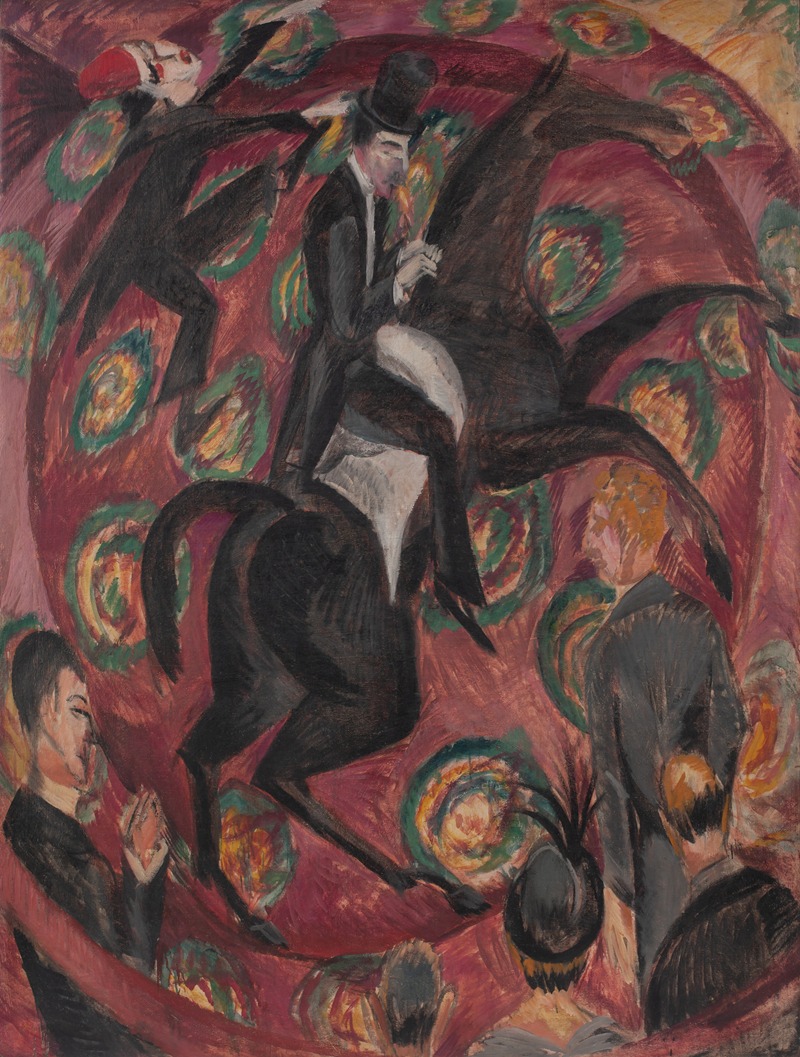
Circus Rider
A hand-painted replica of Ernst Ludwig Kirchner’s masterpiece Circus Rider, meticulously crafted by professional artists to capture the true essence of the original. Each piece is created with museum-quality canvas and rare mineral pigments, carefully painted by experienced artists with delicate brushstrokes and rich, layered colors to perfectly recreate the texture of the original artwork. Unlike machine-printed reproductions, this hand-painted version brings the painting to life, infused with the artist’s emotions and skill in every stroke. Whether for personal collection or home decoration, it instantly elevates the artistic atmosphere of any space.
Ernst Ludwig Kirchner's Circus Rider is a notable painting created by the German Expressionist artist in 1914. Kirchner, a founding member of the influential art movement Die Brücke (The Bridge), was known for his bold use of color, dynamic compositions, and emotionally charged depictions of modern life. Circus Rider exemplifies many of these characteristics, showcasing Kirchner's interest in movement, performance, and the human figure.
The painting depicts a circus scene, with a female rider balancing on a galloping horse. The composition is dynamic, with the rider and horse rendered in exaggerated, angular forms that convey a sense of energy and motion. Kirchner's use of vibrant, non-naturalistic colors—such as bright yellows, greens, and blues—enhances the emotional intensity of the scene. The background is abstracted, with fragmented shapes and patterns that suggest the lively atmosphere of a circus tent.
Circus Rider reflects Kirchner's fascination with urban life and popular entertainment, themes that were central to his work during this period. The circus, with its blend of spectacle, performance, and physicality, provided a rich source of inspiration for the artist. The painting also demonstrates Kirchner's engagement with the avant-garde art movements of the early 20th century, particularly Fauvism and Cubism, which influenced his approach to color and form.
This work was created during a pivotal time in Kirchner's career, shortly before the outbreak of World War I. In 1914, Kirchner was living in Berlin, where he had moved in 1911. The city's vibrant cultural scene had a profound impact on his art, leading to a series of works that explored themes of modernity, movement, and the human experience. However, the onset of the war and Kirchner's subsequent conscription had a significant effect on his mental and physical health, marking a turning point in his life and artistic output.
Today, Circus Rider is recognized as an important example of Kirchner's Expressionist style and his ability to capture the dynamism and emotion of his subjects. The painting is held in the collection of the Solomon R. Guggenheim Museum in New York, where it continues to be appreciated as a key work of early 20th-century modern art.





